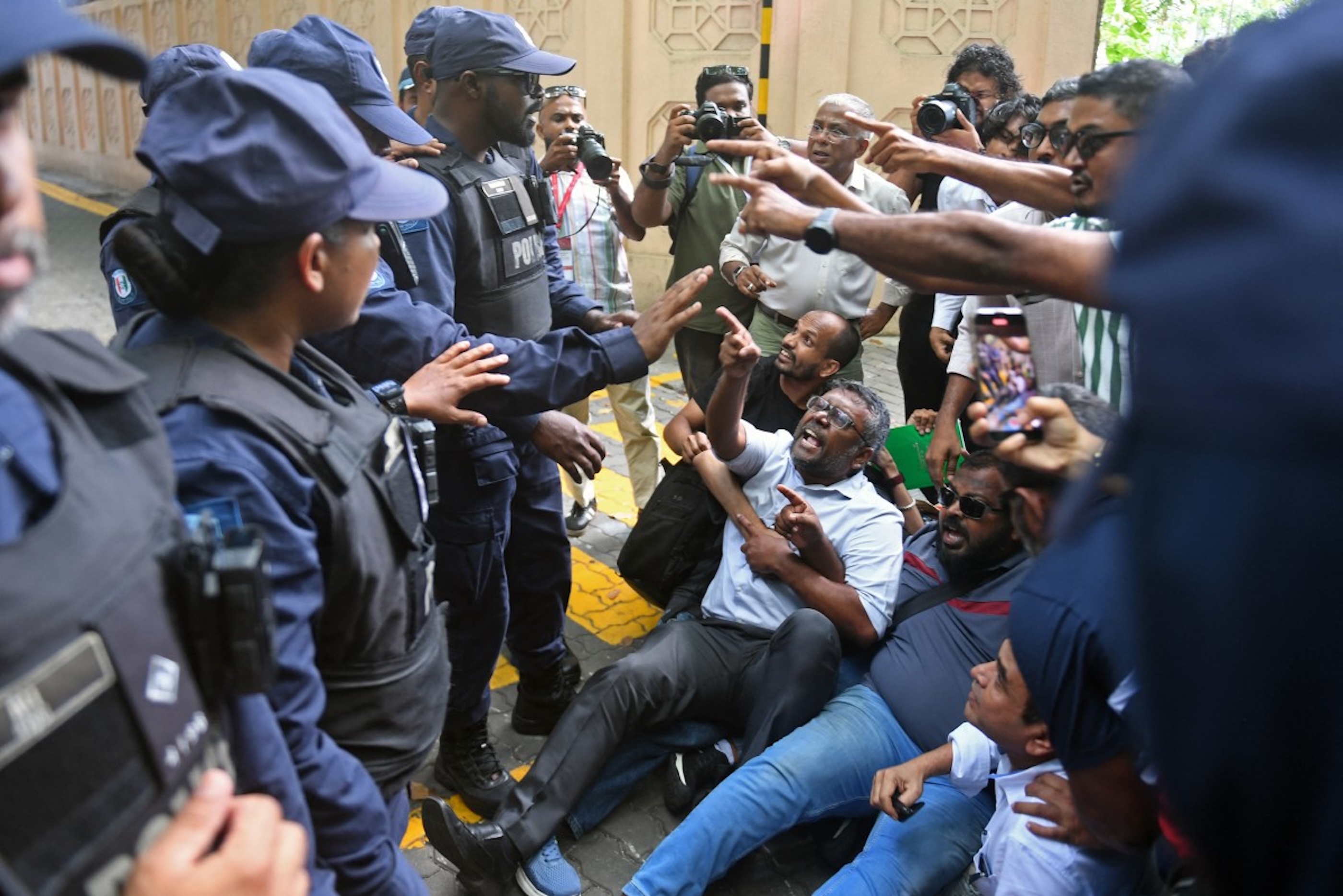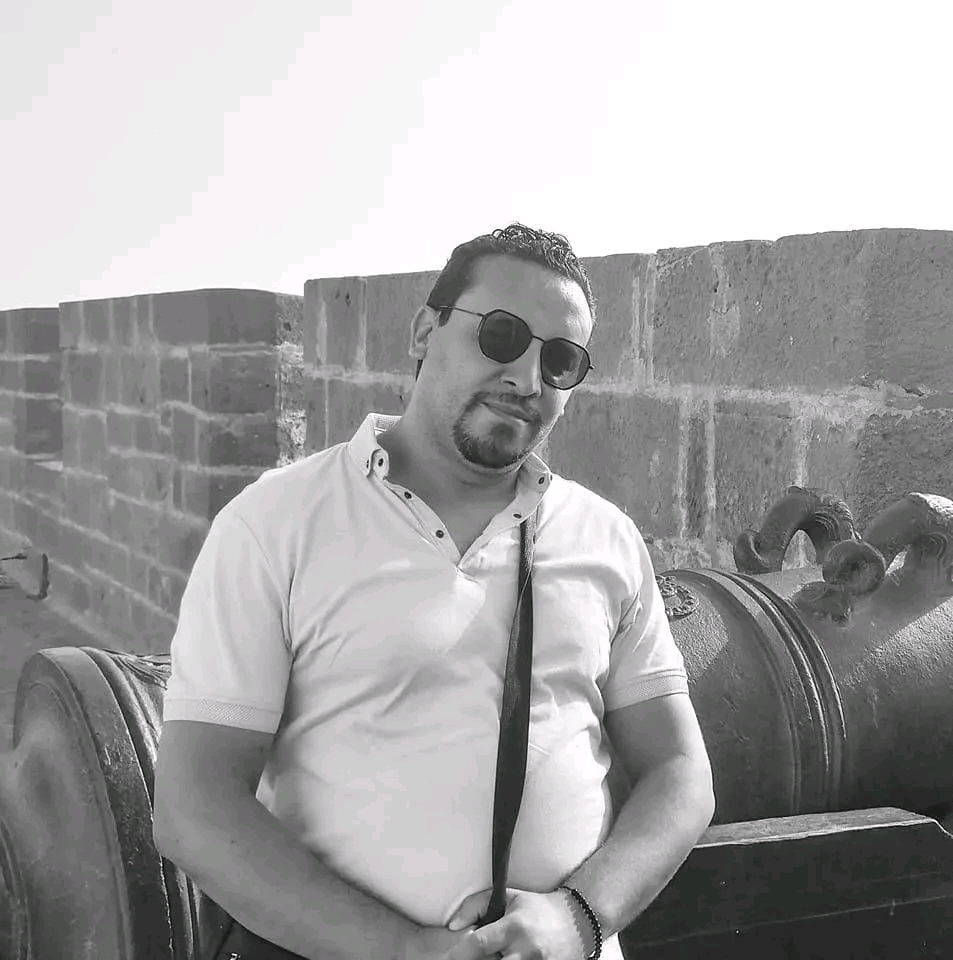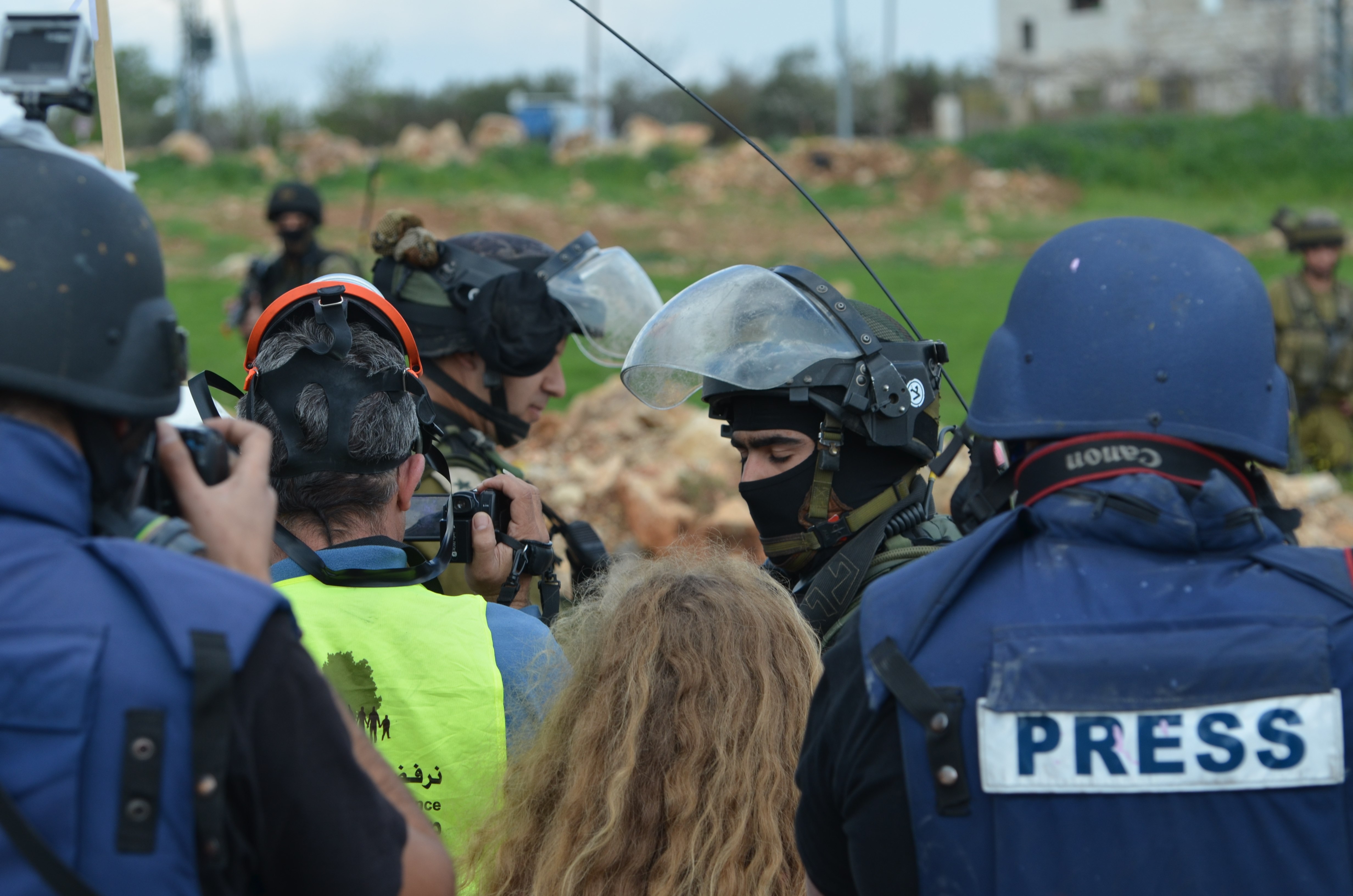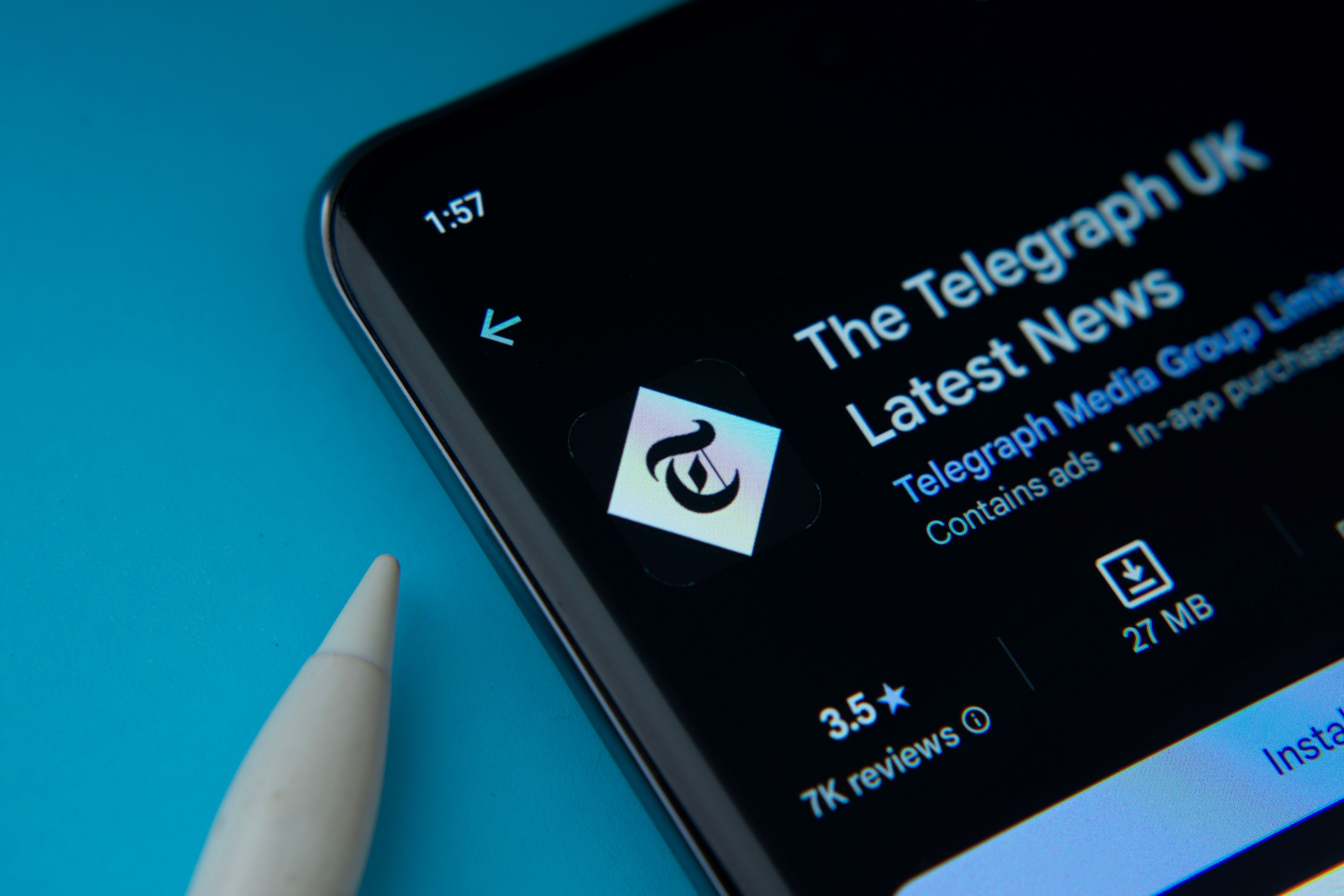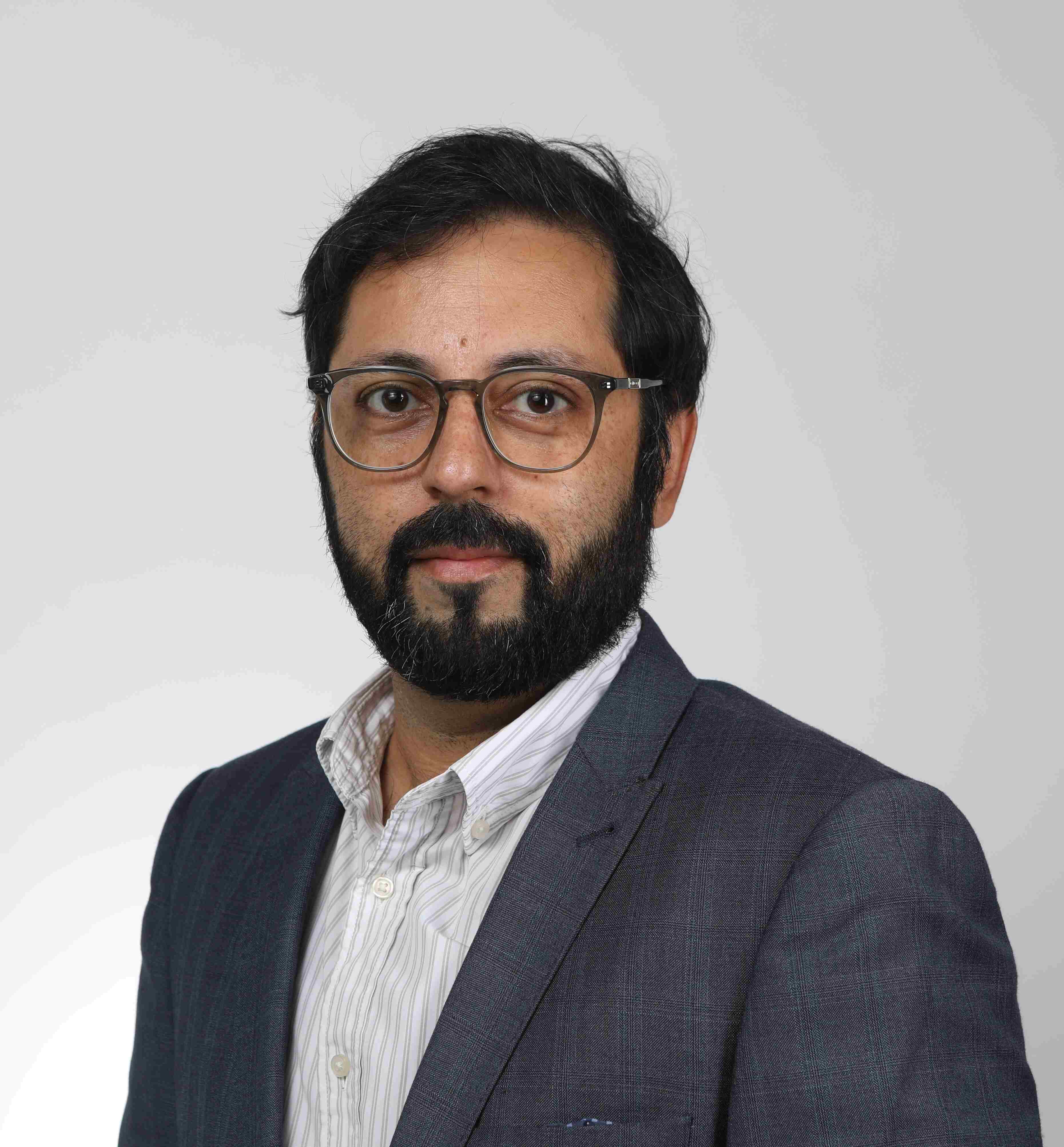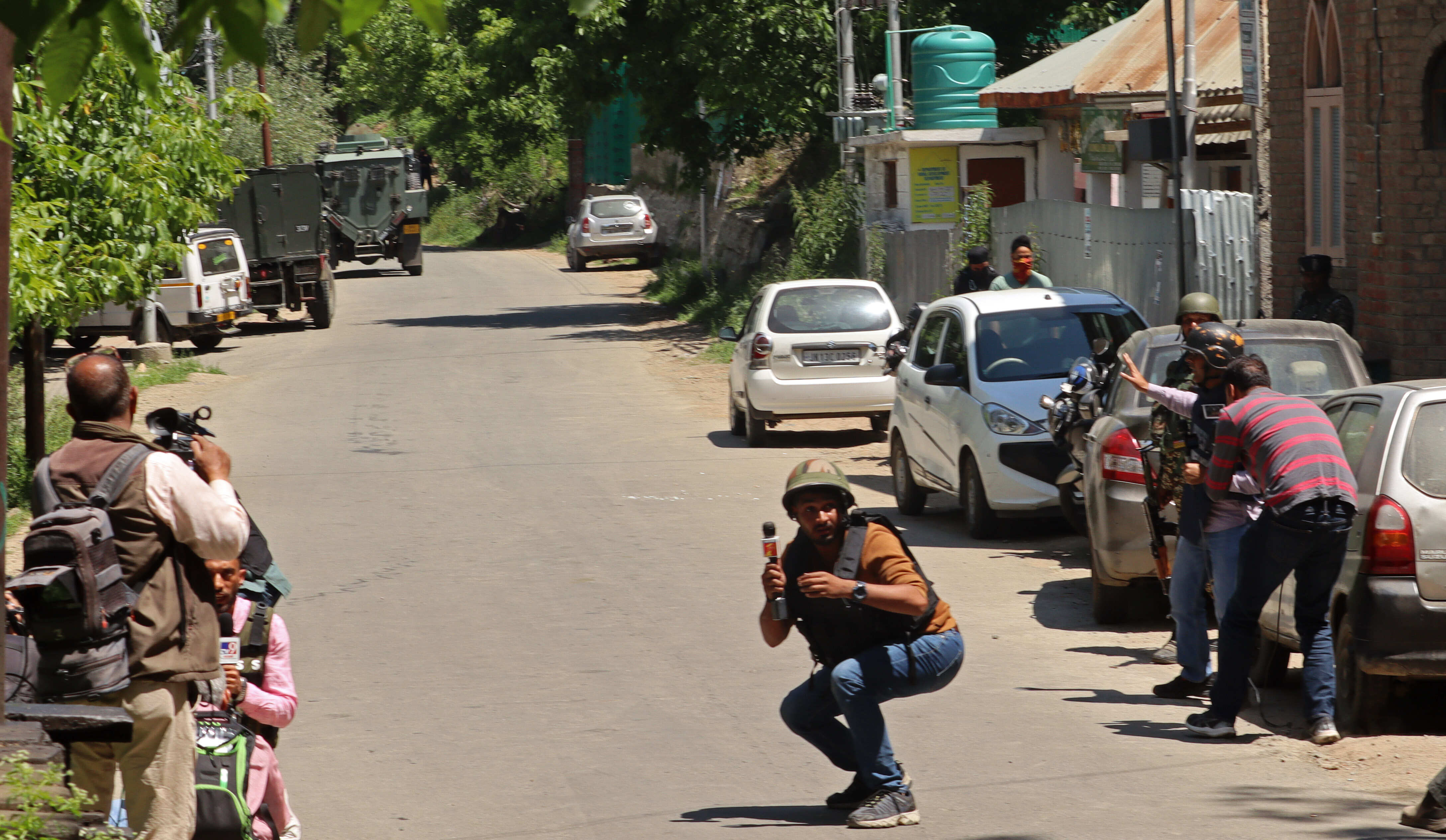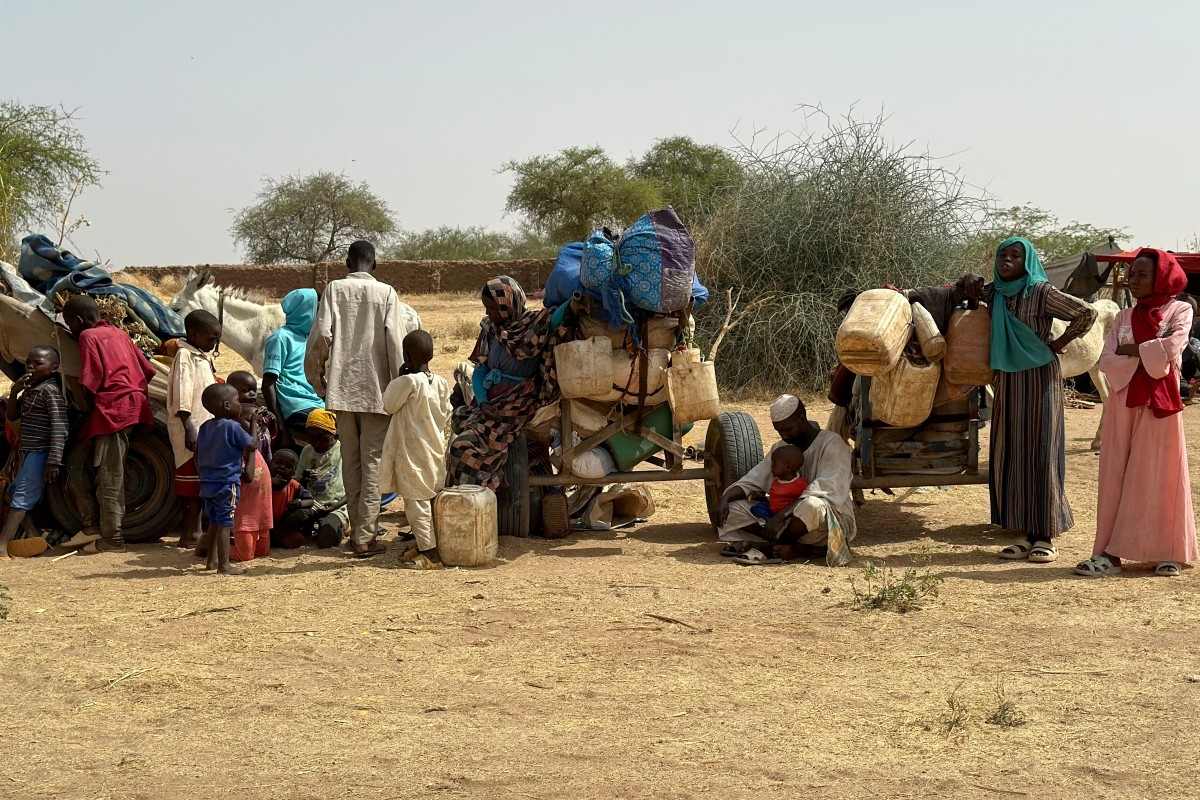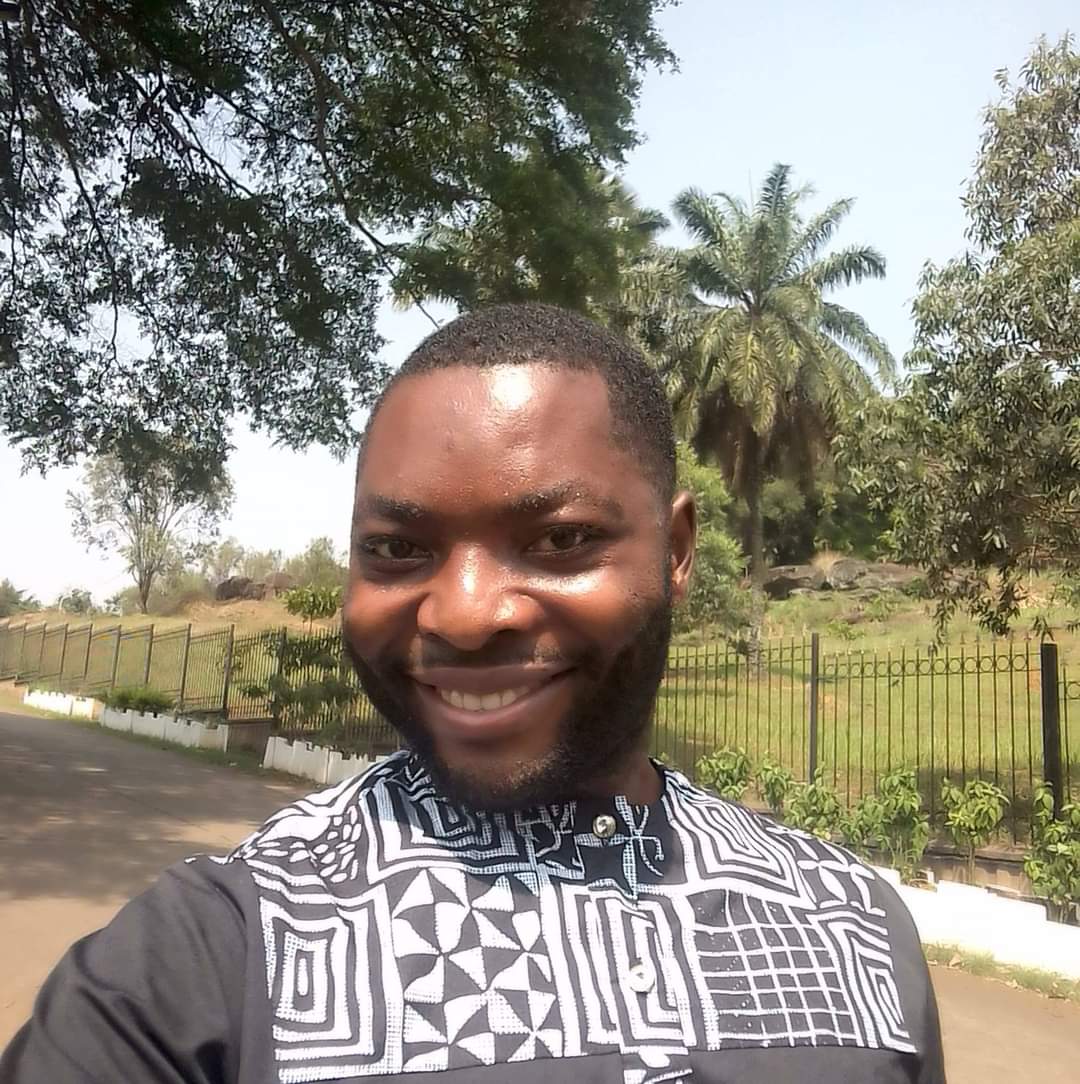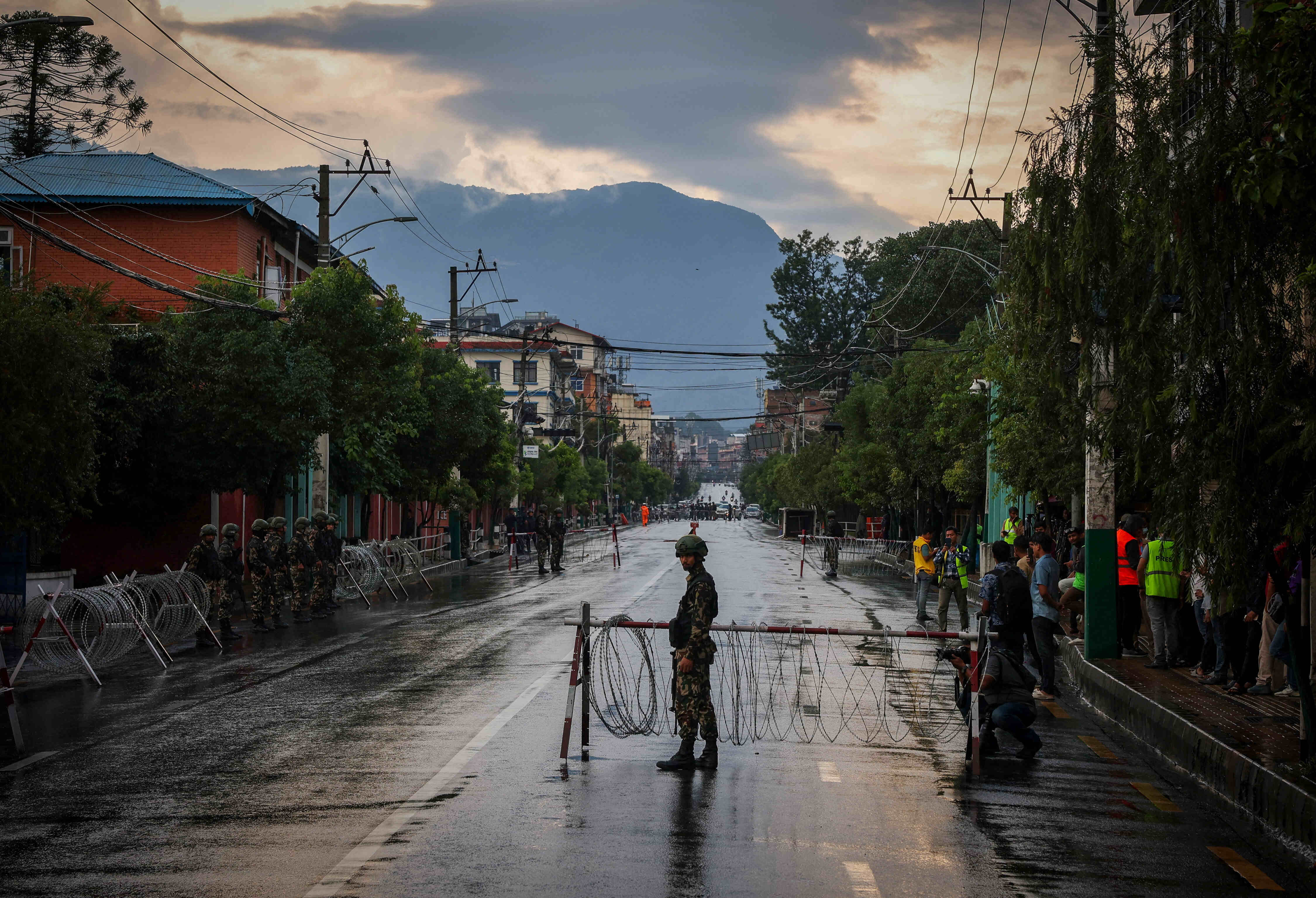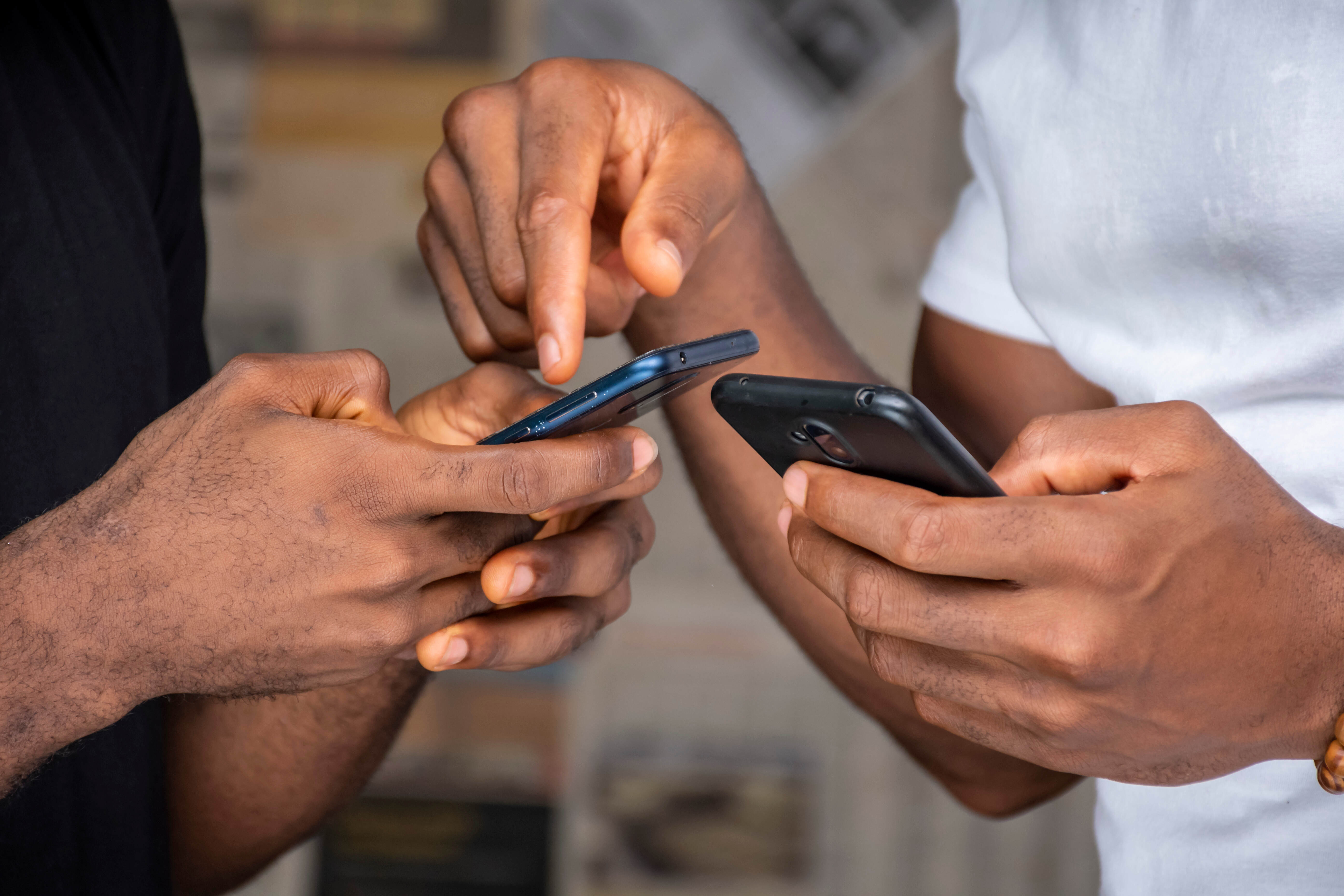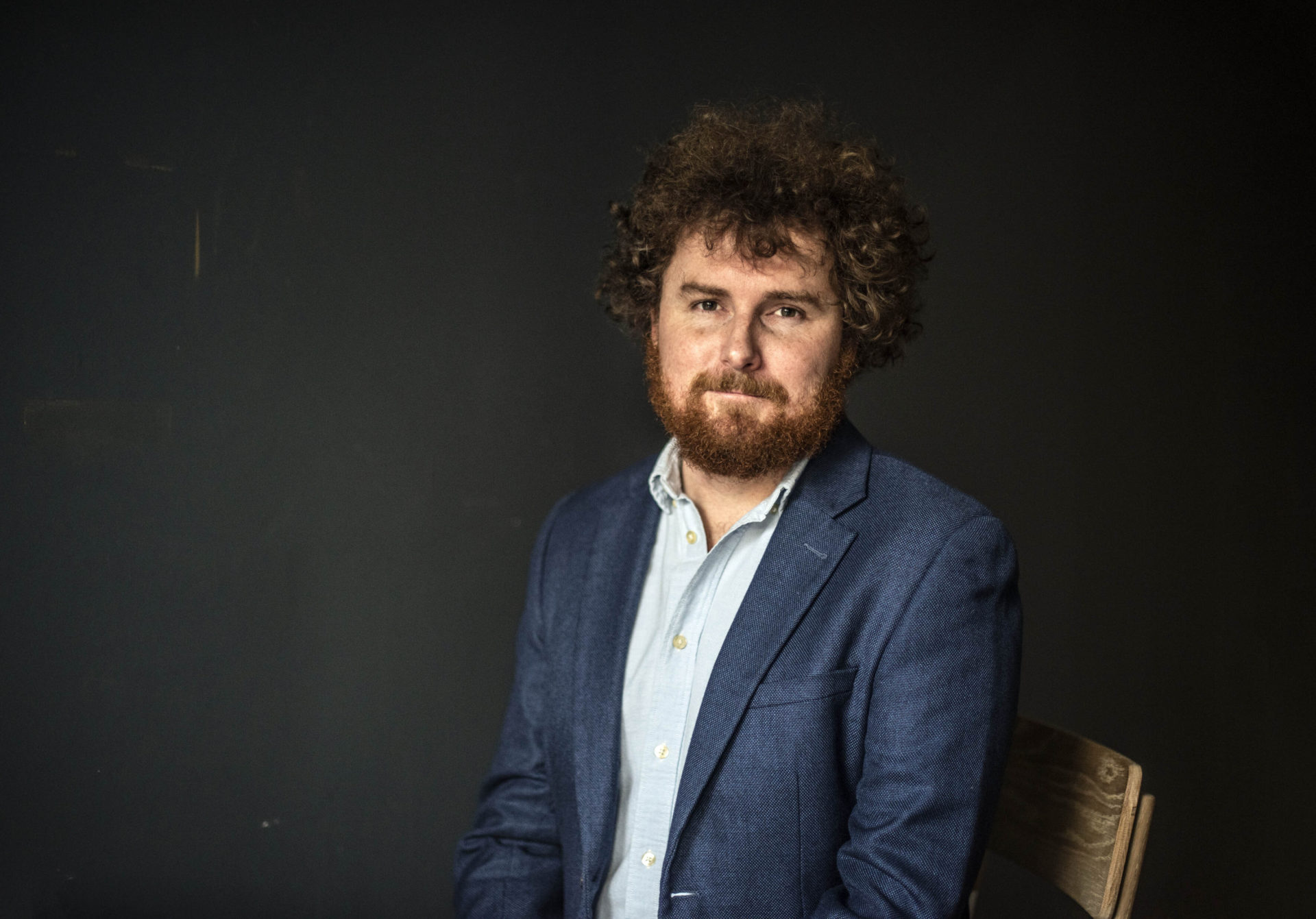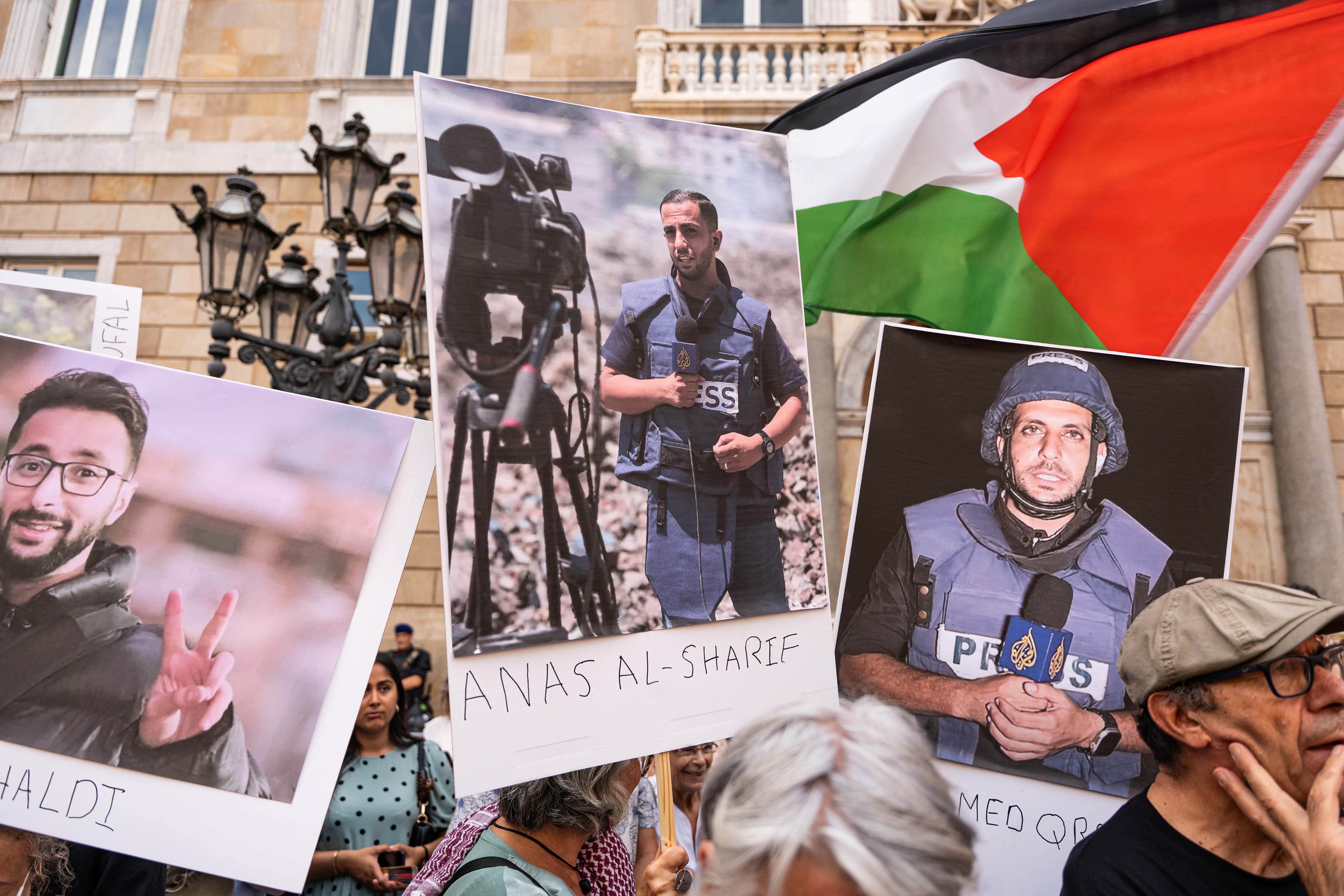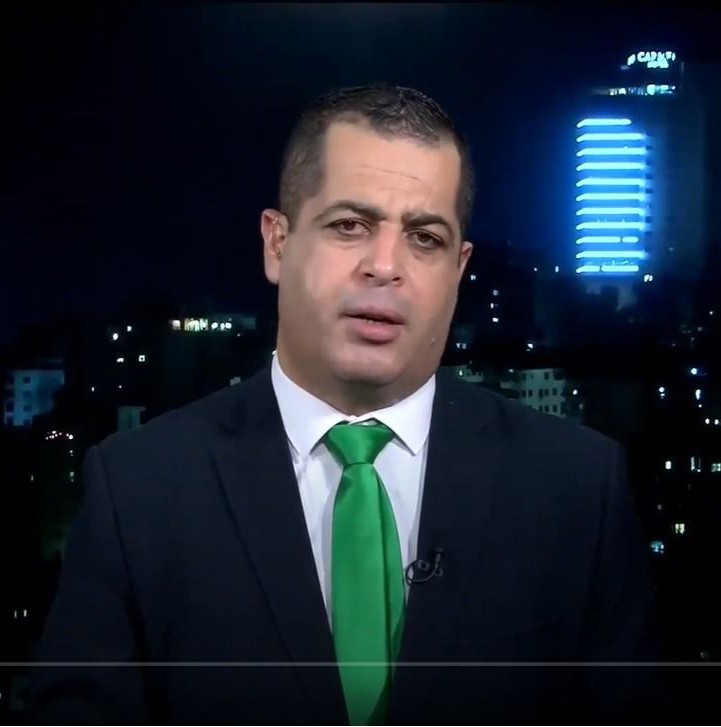تجدّدت النقاشات بشأن أخلاقيات الصحافة المدمجة بالجيش أو المرافقة له (Embedded Journalism)، بعد انضمام مجموعة من الصحفيين والإعلاميين من مؤسسات إعلام عالمية إلى الجيش الإسرائيلي خلال غزوه البري لقطاع غزة؛ فهل من الأخلاقي الانحياز إلى أحد طرفي الصراع المسلح لأغراض التغطية الصحفية؟ أم إنّ هذا الأمر مسوّغ فقط حينما يتعذر الوصول إلى المعلومات إلا بهذه الوسائل حصرا؟
يشير مصطلح الصحافة المرافقة للجيش إلى الممارسات التي يلتحق فيها المراسلون بوحدات عسكرية في خضم الصراعات المسلحة، وذاع صيت هذا النوع من الصحافة خلال غزو العراق عام 2003؛ إذ انبثق هذا النهج من رحم الخيبة التي أصابت وسائل الإعلام لمحدودية الوصول إلى المعلومات خلال الصراعات السابقة؛ مثل حرب الخليج عام 1991، والغزو الأمريكي لأفغانستان عام 2001.
وقد دعا الجيش الإسرائيلي هيئة بي بي سي وشبكة سي أن أن الإخبارية لمرافقته في شهر نوفمبر/تشرين الثاني عام 2023، وعرض "النفق الذي اكتشفه حديثا" تحت مستشفى الشفاء. كذلك بلغت شبكة سي أن أن مستشفى الرنتيسي وعرضت بعض "الأسلحة والمتفجرات". واصطحب الجيش أيضا صحفيين محليين، منهم صحفية من هآرتس، رفقة قواته المتمركزة في منطقة "الممر الآمن"، على أن ينقلوا "الأوضاع الإنسانية في غزة".
توضح الأمثلة السابقة بجلاء أن الصحافة المرافقة للجيش ليست الطريقة المثلى لتقديم تغطية صحيفة متوازنة؛ فلو رجعنا إلى تصريحات تلك الوسائل الإعلامية نفسها، لوجدنا أنّ الجيش اصطحبهم (دمّجهم فيه) لغاية عملياتية مقصودة؛ وهي نقل الادعاء بوجود أنفاق عسكرية تحت المستشفيات، ثم ليقدموا تقريرا محددا عن ذلك؛ فالجيش لم يدع أولئك الصحفيين حتى يبحثوا في المسألة ويأتوا بتقييمهم للوضع، وإنما دعاهم ليعرضوا ما أراد الجيش الإسرائيلي "إظهاره".
لا ريب أن دعوة الجيش الإسرائيلي لوسائل الإعلام تقتضي أنها مختارة بعناية لمرافقته؛ إذ اتهمت بالانحياز إلى الجانب الإسرائيلي منذ اندلاع الحرب المتواصلة على القطاع، وهذا يُفسر دعوة وسائل إعلامية معينة دون سواها. كذلك وجّه الجيش الإسرائيلي دعواته إلى صحف دولية لمرافقته إلى غزة، لكن بعضها امتنع عن ذلك.
تُعرَف تشيلسي مانينغ بأنّها محللة سابقة في مجال الاستخبارات العسكرية، وقد كتبت عن مخاوفها بخصوص الصحافة المرافقة للجيش في صحيفة نيويورك تايمز. رمت مانينغ سهام انتقاداتها صوب العملية المعيبة للموافقة على الصحفيين واصطحابهم مع الجيش، وترى ذلك عقبةً تحول دون النقل الدقيق للتقارير الإخبارية. كما تبرز مانينغ في مقالها نزوع الجيش عادة إلى اختيار مراسلين يرتقب منهم تغطية صحفية منحازة إليه.
وقد رتب الجيش الإسرائيلي عقب هجوم السابع من أكتوبر/تشرين الأول جولات يومية للصحفيين، وخصصها لزيارة المواقع التي هوجمت ضمن المناطق المحاذية لقطاع غزة؛ ففي ذلك الحين أخبر جندي إسرائيلي الصحفيين بأنّه رأى 40 رضيعا مقطوعي الرأس، فانتشر الخبر سريعا واعتمدته وسائل إعلامية كثيرة باعتبار أنه نُقِل عن مصدر موثوق، ثم سرعان ما اتضح لاحقا أنه عارٍ عن الصحة، واضطر البيت الأبيض حينذاك إلى سحب بيانه الصحفي بعدما اكتشف ألّا دليل على حصول ذلك.
ولمّا أعد صحفيو شبكة بي بي سي تقريرهم عن مستشفى الشفاء، ذكروا أنهم عجزوا عن التحدث إلى الأطباء أو المرضى أثناء مرافقتهم الجيش الإسرائيلي ميدانيا إلى الموقع. وعلى المنوال ذاته زعمت صحيفة هآرتس أنها بعثت مراسلتها إلى غزة لنقل الوضع الإنساني، بيد أن تغطيتها خلت من أي مقابلة مع المدنيين المتضررين من الحصار الإسرائيلي الخانق على القطاع المحاصر والمغلق تماما منذ نشوب الحرب.
بزغ نجم الصحافة المرافقة للجيش خلال حرب فيتنام حينما رافق بعض الصحفيين الجيش الأمريكي في معاركه، ومنح هذا النوع من الصحافة حرية أكبر في التغطية آنذاك، فانخفض جراء ذلك الدعم العام للجيش الأمريكي. لكن الحال اختلفت تماما أثناء غزو العراق عام 2003؛ فصحيح أن الولايات المتحدة الأمريكية أرسلت مئات الصحفيين رفقة الجيش الأمريكي، غير أنّها فرضت عليهم قيودا بخصوص الأخبار التي يسعهم نقلها، والأشخاص الذين يسعهم مقابلتهم.
يمضي الصحفيون المرافقون للجيش على تعهدات تحدد الموضوعات التي سيغطونها والمعلومات التي سيتلقونها، وهو ما يضيق نطاق تقاريرهم جدا. ويحاجّ بعض الخبراء بالقول إنّ الصحفيين المرافقين للجيش ربما يصبحون مروجين لسردية أحد جانبي الصراع؛ لأجل ذلك ينبغي الإعراض عن هذا النوع من الصحافة. ومع ذلك، يرى آخرون أنّ الصحافة المدمجة بالجيش تكون أحيانا الوسيلة الوحيدة لبلوغ مناطق الصراع المسلح؛ لذلك يمكن التعويل عليها شريطة اتخاذ التدابير الكفيلة بتجنب التحيّز. وتكون درجة التغطية المحايدة مرهونة إلى حد كبير بشروط العقد الموقع مع الجيش، ومستوى الحرية المتاح للصحفيين.
تحديات التغطية الصحفية المرافقة للجيش
يترتب على الصحافة المرافقة للجيش هاجس آخر؛ فالصحفيون يعولون على الجيش الذي يرافقونه في تلبية حاجاتهم الأساسية من مأكل وإقامة وأمن، وهذا الأمر يوجِد ولا ريب علاقة شخصية متبادلة بين الصحفيين والجنود، ويُفضي إلى اختلال التغطية الصحفية بإدراك الصحفي أو دون إدراكه. وحري بالمرء أنْ يتساءل في هذا المقام عن طبيعة الخدمات التي يوفرها الجيش للصحفيين؛ فهل سيمنحها لهم مجانا؟ أم سيقدمها لأنّ لديهم سابق اتفاق بشأن المصالح المتبادلة بينهم؟
دعا الجيش الإسرائيلي في غزة صحفيين من شبكات إخبارية كبرى، مثل بي بي سي و سي أن أن وسي بي إس، فرافقوه إلى داخل القطاع، واستغل الجيش الإسرائيلي ذلك لتأكيد سرديته عن مستشفيَيْ الشفاء والرنتيسي؛ إذ زعم الجيش وجود أنفاق مخصصة لاستخدامات حماس العسكرية ضمن هذين المستشفيين. ولم تعارض التقارير الصحفية لتلك الوسائل الإعلامية ادعاءات الجيش الإسرائيلي، بل عرضت ما وُصف "بمستودعات أسلحة تابعة لحماس".
كذلك نشر الجيش الإسرائيلي فيديو عن مستشفى الشفاء ظهر فيه المتحدث الرسمي دانييل هاغاري وهو يستعرض غرفة تحت المستشفى، ويصفها بأنّها نفق تستخدمه حماس. وعرض هاغاري كذلك ورقة مدونة فيها أيام الأسبوع، وفيها "قائمة بجدول الأعمال الموزعة على إرهابيي حماس". تطرح هذه الحالة تساؤلات أخلاقية عن دور الصحفيين المرافقين للجيش، ولا سيما حين يسعى ذلك الجيش إلى البرهان على صدق ادعاءات محددة يُحتمَل أن تكون غير دقيقة.
يعيدنا هذا الكلام إلى التساؤل عن مدى الصواب الأخلاقي لمرافقة الجيش والاندماج معه، وعلى وجه الخصوص إذا أدرك الصحفيون سلفا أنه بحاجة إلى إثبات شيء معين ليس دقيقا بالضرورة.
ثمة معضلة جوهرية متعلقة بالصحافة المدمجة بالجيش؛ فصحيح أنها تعرض لنا الصراع بمنظور عسكري، لكنها تقتصر على جانب واحد دون الآخر، وتعوزها الفرص لمقابلة المدنيين والتفاعل معهم وتضمينهم في التغطية الإعلامية. ولا شك أن التغطية الصحفية المتوازنة تفرض على الصحفيين ألا يتجاهلوا معاناة المدنيين، التي تحصل أساسا جراء العمليات العسكرية بين أطراف الصراع.
يخاطر الصحفيون القابعون في جبهات القتال الأمامية بحياتهم حينما يحاولون نقل القصص للجمهور، وربما يحدو هذا الخطر بالصحفيين إلى تفضيل الأمان النسبي ومرافقة القوات العسكرية. ويطغى اعتقاد سائد بأن الصحافة المرافقة للجيش تكفل سلامة الصحفيين، لكن لا يوجد حقا أي ضمان لسلامتهم؛ فالصحفيون يواجهون المخاطر ذاتها التي تلاقيها القوات العسكرية، فهم ينخرطون في حال الصراع عينها.
وصفت شبكة بي بي سي في تقريرها الصحفي الرحلة إلى غزة بالمجازفة، وأشارت إلى أن المراسلين "تبعوا القوات المدججة بالأسلحة الثقيلة التي أرسلوا لمرافقتها". ولهذه المجازفة المحفوفة بالمخاطر حوادث سابقة تؤكدها؛ ففي عام 2006 نجا صحفي قناة أي بي سي بوب وودروف، والمصور دوج فوجت، وجندي عراقي من الموت بأعجوبة؛ إذ كانوا رفقة الجيش الأمريكي حين تعرضت قافلتهم العسكرية لكمين مسلح قرب منطقة التاجي في العراق.
قالت صحيفة هآرتس إنّ مراسلتها هاجر شيزاف ذهبت إلى غزة لتغطية "الوضع الإنساني"، والتقطت صورا لفلسطينيين يحملون الأعلام أثناء إجلائهم من شمال قطاع غزة إلى الجنوب عبر "الممر الآمن" بحسب وصف الجيش الإسرائيلي. ومع ذلك، تعذر على شيزاف أن تتفاعل مع أولئك الأفراد، فاقتصر تقريرها على المنظور الإسرائيلي، وأسفر عن سردية أحادية الجانب.
توفر الصحافة المرافقة للجيش أداة فريدة للوصول إلى المعلومات، لكنها تظل عرضة للتحيز والتلاعب الحاضرين دائما، وهي كذلك تُبرز الحاجة إلى مراجعة نقدية للمشكلات الأخلاقية التي تمس هذا النوع من التغطية الصحفية، وتوضح الحاجة الماسة إلى قدر أكبر من الشفافية والاستقلال في التغطية.




